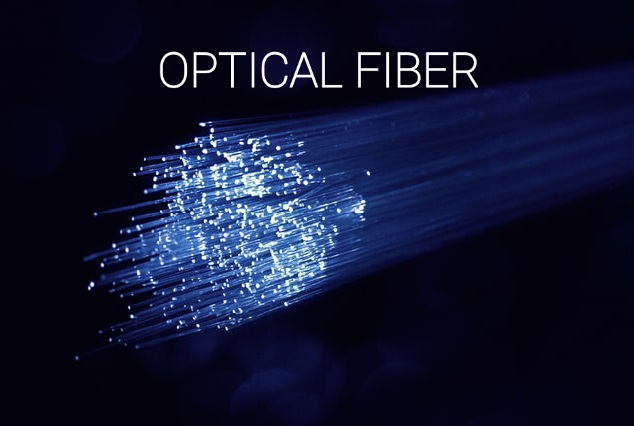How does optical fiber work? This is one of the most asked questions lately. Today, let’s know it in brief. The Romans first invented the “pipe” about 2,000 years ago today. They invented the tube, bringing about the fancy change of carrying water from one place to another. But think of a tube that carries your Internet data, emails, and phone calls from one place to another, not water. Digital data flows through the light in this tube. Yes, friends, I am talking about fiber optic or optical fiber. So let’s find out how this pipe transports all the data in seconds. Let’s see how does optical fiber work?
What is Fiber Optic or Optical Fiber?
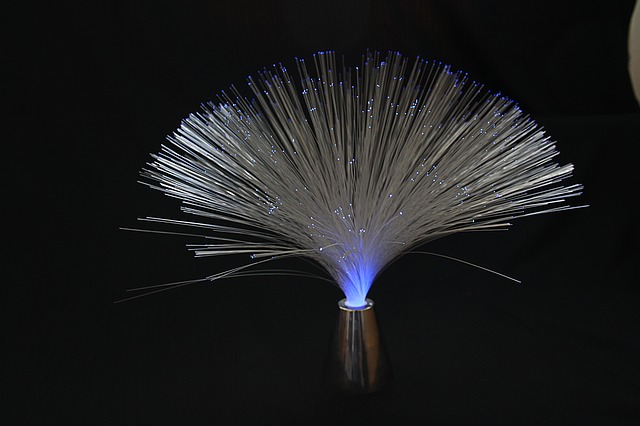
We do a lot of work using the idea that information can flow through different mediums. When we talk on the telephone, the sound from our voice is connected to another person’s telephone cable through a socket in the wall of our house. So, the conversation is completed through the local telephone exchange. Cellphones, however, work in a completely different way. They use an invisible radio wave to exchange information. This technology is what we know as wireless technology because it has no wires.
Fiber optic or optical fiber works in another way. It converts any information into a code and is thrown through a glass or plastic pipe through the light. It was first used when improving the endoscope. An endoscope is a medical device that helps doctors see everything inside a human body without cutting it. In the 1960s, engineers used this same technology to transmit telephone calls with the help of light. The speed of light is usually 18,000 miles or 300,000 kilometers per second but in fiber optic cable it is two-thirds.
Optical Technology
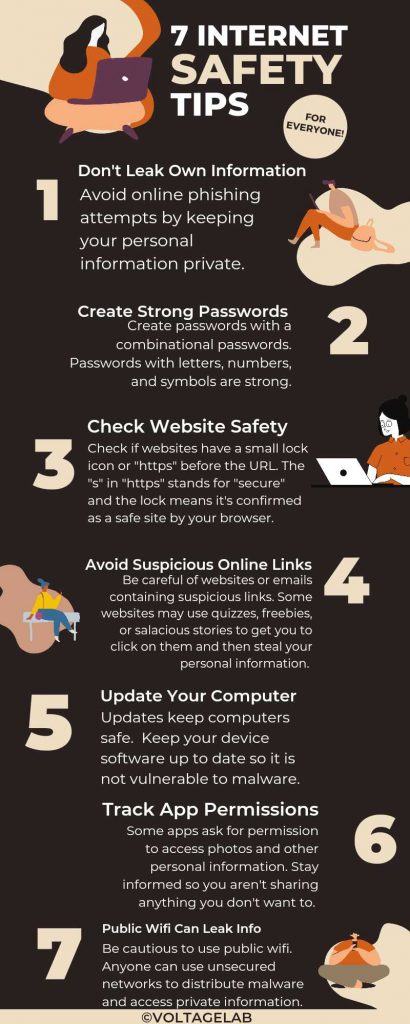
We can make a fiber optic or optical fiber cable of a combination of very thin glass or plastic. This very thing is what we call optical fiber. A cable contains ten times thinner fibers than a human hair. This can range in size from a few to a few hundred. One fiber is capable of carrying 25,000 telephone calls at a time and a single cable can carry several million calls at once.
Fiber optic cable can transfer information between two places using fully optical (light dependent) technology. Suppose you want to send any information from your computer to your friend’s computer via fiber optic cable. Suppose your friend’s house is across the street. So now your computer needs to be connected to a laser. The laser should be such that it will turn the computer’s electrical information into a gradual light pulse. Now you have to insert that laser beam into the fiber optic cable. The light beam you throw will travel from one end of the cable to the other, meaning it will reach your friend. Now your friend will need a photoelectric cell (light detection component), which will turn the light pulse back into electrical information. So that the computer can understand it. Again, this is the main mantra of optical technology.
How does Optical Fiber work?
Before getting straight into the question how does optical fiber work we need to know some basics first. We know from school that light always travels in parallel. But how can light pass through a zigzag tube here? Very good question, let’s find out the details. As the light travels through the fiber optic cable, it repeatedly jumps over the cable inside. Each photon (particle of light) crosses the path by jumping on the wall of the cable. You may think that if there is a collision between the light and glass, the light will get stuck in the place of the collision.
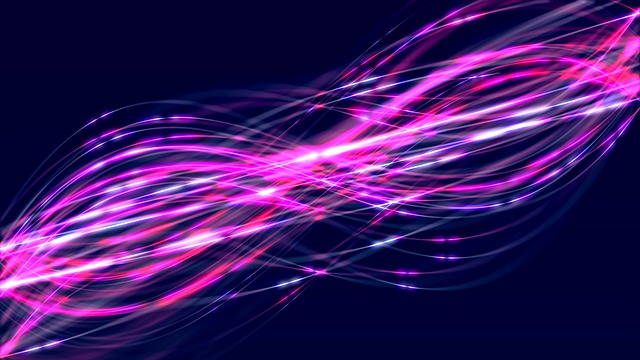
In-Depth
But if the light hits the glass at a shallow angle (less than 42 degrees), we can see it reflect and start moving in another direction. Just like when you hit a flashlight in a mirror, the light rays are reflected back to you. Again, by controlling the torch, you can also control the direction of the reflected light rays. However, this whole thing is called total internal reflection in the language of science. Moreover, as a result of this total internal reflection, light is repeatedly reflected in the pipe.
But there is another thing that helps to keep the light in the cable, and that is the structure of the cable. The cable is made up of two different parts. One is the center of the cable through which light passes it is what we know as the core. Again there is another glass lining wrapped around the outside of this core which is called cladding. The function of the cladding is to hold the light signal inside the core. Cladding can do its job very well, as it is made of separate glass. This explains the basic principle about how does optical fiber work.
Use of Optical Fiber
Passing light through a tube made of glass or plastic may seem like a magic trick in science. You might not think that there could be any busy life application on top of this trick. But just as electricity can power various machines, so can light-bearing data. Again, that’s why we can use it for so many different purposes. The use of this technology is currently in computer networking, broadcasting, medical scanning, and military equipment.
1. Computer Network
The main use of fiber optic cable is now to transmit data over long distances. Because it has 3 major advantages over the old-style copper cable.
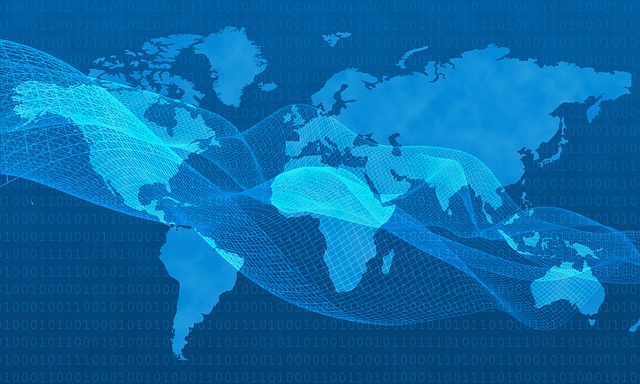
Low Signal Dissipation:
It can send about 10 times more data than copper wire without any amplifying. Which makes fiber-optic networks easier, more efficient, and cheaper.
No Anomalies:
Copper cables often have electromagnetic interference. But optical fiber does not cause any anomalies, but better quality signal quality is available.
High Bandwidth:
An optic cable of the same size is capable of carrying much more data than a copper cable. You need to thank the internet for being able to read this information from this blog. Not only this blog’s server but also your favorite search engine Google has connected all the big internet data centers all over the world through a fiber-optic cable. Even if you are constantly using the internet using fiber-optic broadband, maybe you are reading “Voltage Lab” right now.
Did you know that, according to one estimate, about 99% of the world’s Internet is powered by optic cable?
The faster we get internet service, the more advanced work we can do, such as cloud computing. High-speed Internet means streaming online HD videos, watching online TV, or downloading large files. Moreover, in order to run the Internet of Things in the next generation, there is a requirement for faster internet service, and only optical fiber can fill it.
2. Broadcasting

In the early 20th century, radio and TV broadcasts were made using electromagnetic waves. Where a signal transmitter was used to send signals into the air and hundreds of antennas in our house would pick up those signals. Even today we use electromagnetic waves in radio, just optical fiber for TV broadcasting.
The cable TV company first ran TV broadcasts using coaxial cable (a copper cable wrapped around a metal object to prevent signal distortion). Furthermore, the use of it is to send analog TV signals. But when TV technology moved from analog to digital, TV companies began to feel the need to use optic cable.
Fiber optic cable has much less signal deviation, it can provide an extremely good picture and sound quality. Moreover, it is possible to send the signal far away by amplifying it much less. Furthermore, today’s IP TVs (Internet Protocol TVs) provide extremely good pictures and sound through packet switching using an optic cable. I will write a post about IP TV in the future.
3. Medical and Military

Fiber optics have been used in medical gadgets for a long time. Through which doctors were able to see the inside of the human body without any kind of thorns. Moreover, this optical cable is thin, lightweight, high-capacity, and used by the military for various purposes such as radar, missiles, etc. to be extremely safe. Again, their secret servers are also connected through this cable. Furthermore, optical cable is much cheaper than copper cable.
Conclusion
Hope you know a lot of important information about fiber optic or optical fiber. I will try to discuss radar and IP TV in the coming days. Be sure to let me know in the comments below how you liked today’s post? Or feel free to ask any of your questions. Support this blog by sharing this post.
Check More Articles:
